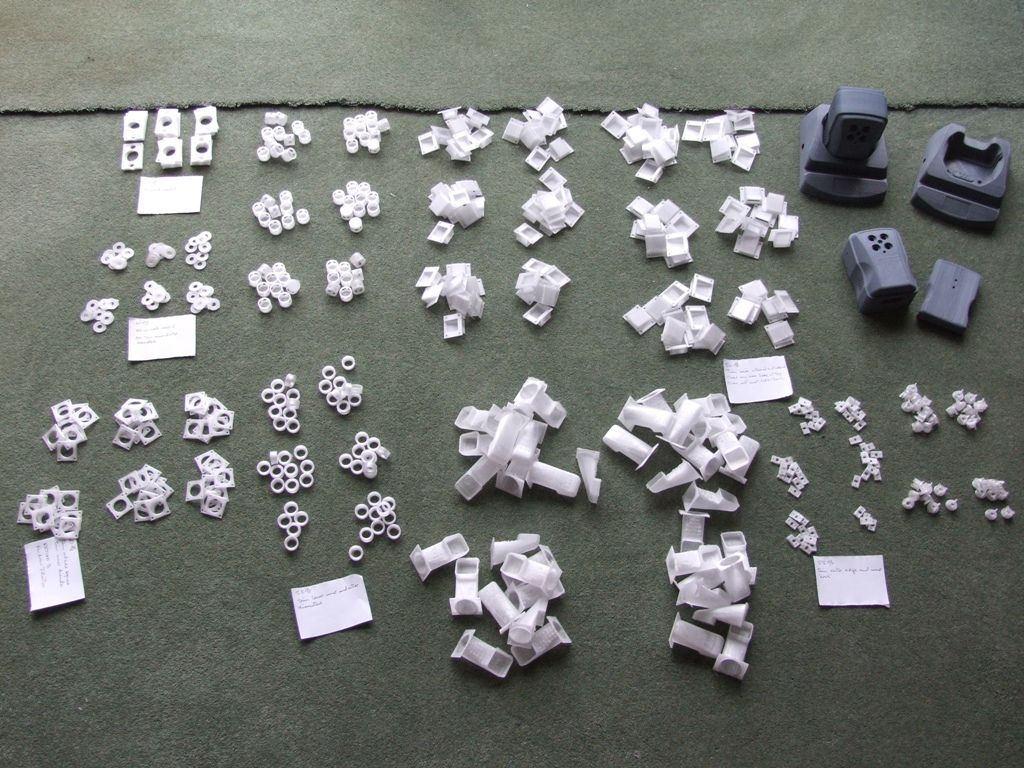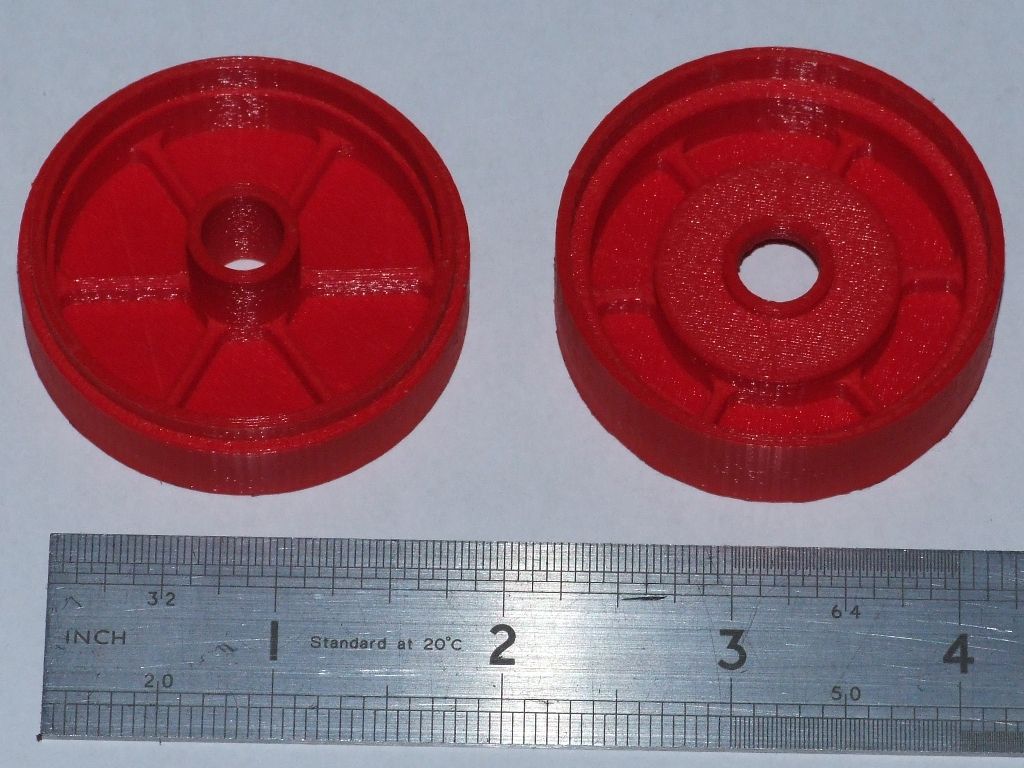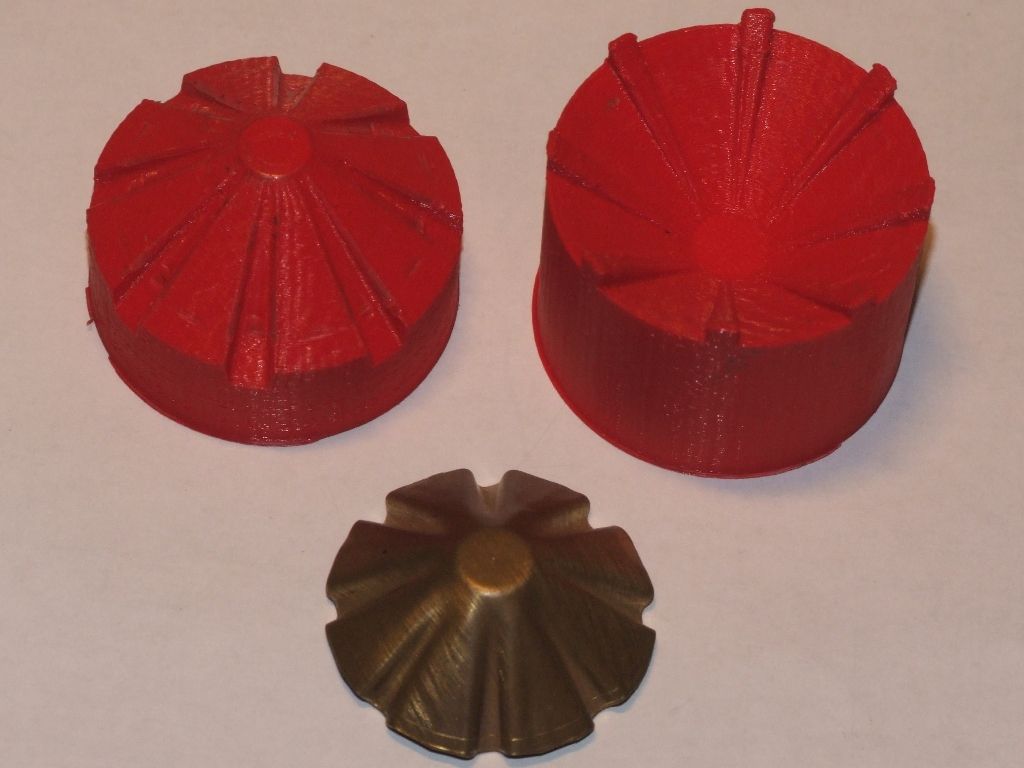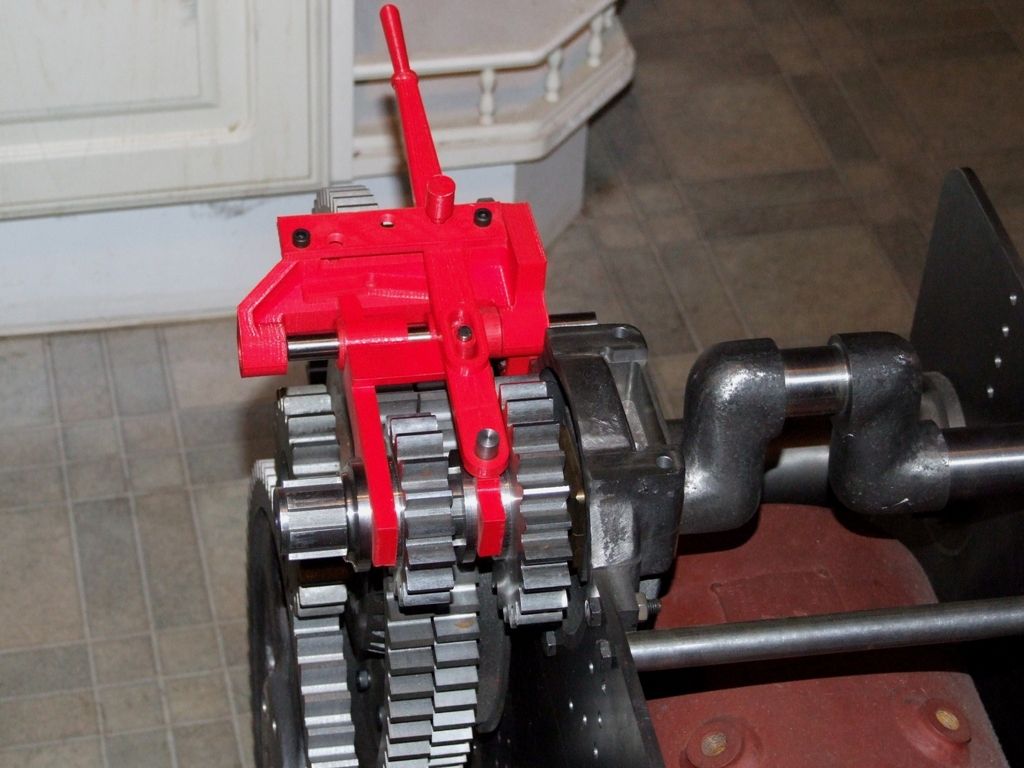I failed to print the dreamo test (I got most of the way their then accidentally shorted the terminals on the LED light, which cut the machine out!)
I was 85% of the way their but I would call it a failure. Basically, the overhang edges of the part were curling up more than I'm used to. This is likely down to a few factors but this is typical ABS behaviour. The test print is a real overhang stress test!
I can change my nozzle to 0.5 or 0.7 which will help.
I can also increase my infil from 20% to 30% which will give it more rigidity and foundations to anchor to.
I can lower my nozzle temperature to 230 (from 240) so their is physically a lower temperature differential
I can print a wall around the part to keep the heat in.
I can turn up my printed bed to maximum and print the part just off the center as it was covering the sensor so it will have raised the temperature of the bed in the middle, fooling the software to almost turn off the whole heated bed, resulting in a harsh and unexpected temperature differential.
and I could do all this and get the same results.
This test piece is really an overhang stress test – The vertical surfaces are beautiful, nicer than the ultimaker in ABS, maybe on par with the Zortrax, its so smooth better photo's might be required to judge fairly.
EDIT* Also, I was printing very very fast (circa 40 minute print time if it had completed) so I achieved a very fine finish which I wasn't expecting at those speeds although I had a feeling it wouldn't make much difference. I think the Rostock sometimes favours high speed printing as the hot nozzle doesn't dwell as much in one spot.
Mine just looks like its wearing rough trousers (as some of the samples shown do, but worse)
I would like to know the print settings used (shell thickness, infill, print and bed temps etc) so I could compare.
Edited By Russ B on 19/04/2016 09:56:54
Anonymous.










